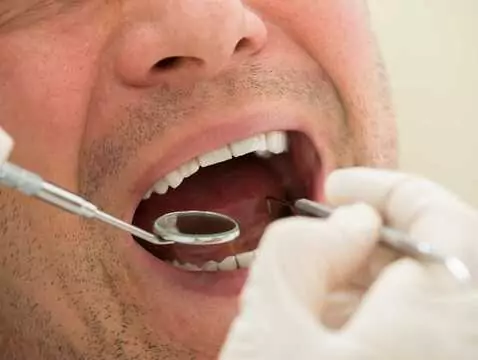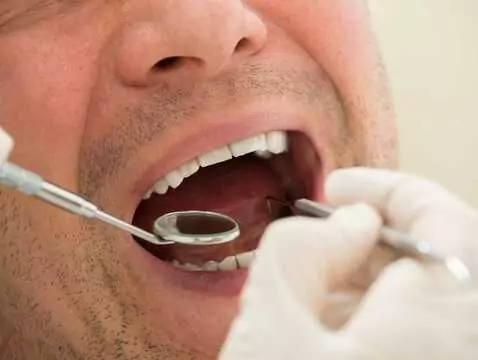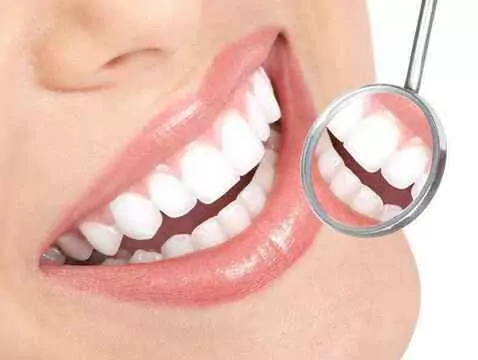Parodontitis, is classified as a periodontal disorder (tissues responsible for the proper, firm attachment of teeth). It is a disease that often occurs in people around the age of 40. Initially, the disease does not produce any symptoms or the symptoms are so weak that the patient does not go to the dentist for a check-up.
Over time, the symptoms become so severe that a visit to the dentist is necessary. Often, unfortunately, it is too late and some teeth have to be extracted and others remain very weak. It is necessary to treat parodontosis and to take special care of oral hygiene.
What leads to the development of parodontosis - the causes?
There are several reasons for the appearance and development of parodontosis. Remember that this is an individual matter for each patient. Regular visits to the dentist play a key role, even if you do not experience any worrying symptoms. The causes of the development of parodontosis include:
- age (this is a factor that increases the risk of parodontosis, it affects people around the age of 40)
- poor oral hygiene
- lack of good oral hygiene
- smoking
- drinking alcohol and using other drugs
- diabetics
- severe long-term lack of vitamins
- patients with abnormal occlusion
- patients with crooked, overlapping teeth
- rheumatoid diseases
- improper treatment of teeth at the dentist's office
Symptoms of parodontosis
Some of the most common symptoms of parodontosis include:
- bad breath
- reddened gums accompanied by swelling
- changes in the colour of the teeth
- bleeding during brushing
- feeling pain closer to the gums
- changes in colour, consistency and shape of the gums
- pain in the jaw
- taste of blood in mouth
- a feeling of pulling between teeth, and others









